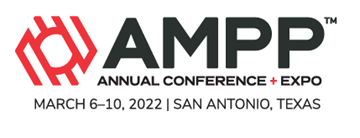Search
Products tagged with 'simulation and modeling'
View as
Sort by
Display
per page
The Virtual Corrosion Engineer For Soil Side Corrosion Prediction And Cathodic Protection Status Monitoring
Product Number:
51322-17677-SG
Publication Date:
2022
$20.00
Toward a Preliminary Mechanistic Understanding of Co-Evaporation and Co-Condensation of Top-of-the-Line Corrosion Inhibitors
Product Number:
51324-20605-SG
Publication Date:
2024
$40.00
Validating Digital Twin Model of a Complex Pipeline System
Product Number:
51323-18958-SG
Publication Date:
2023
$20.00




